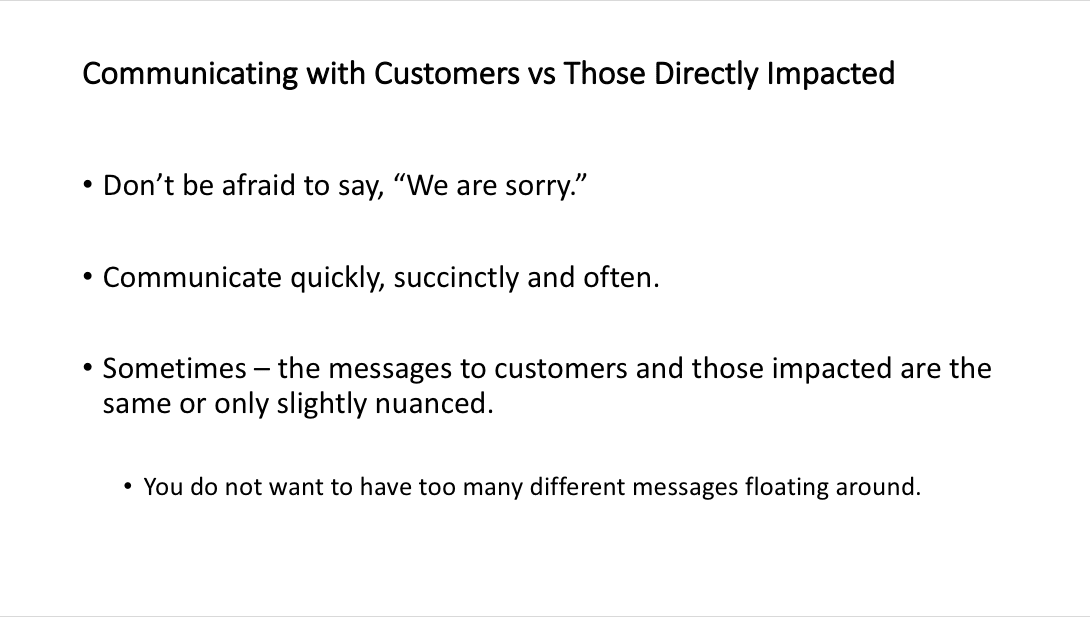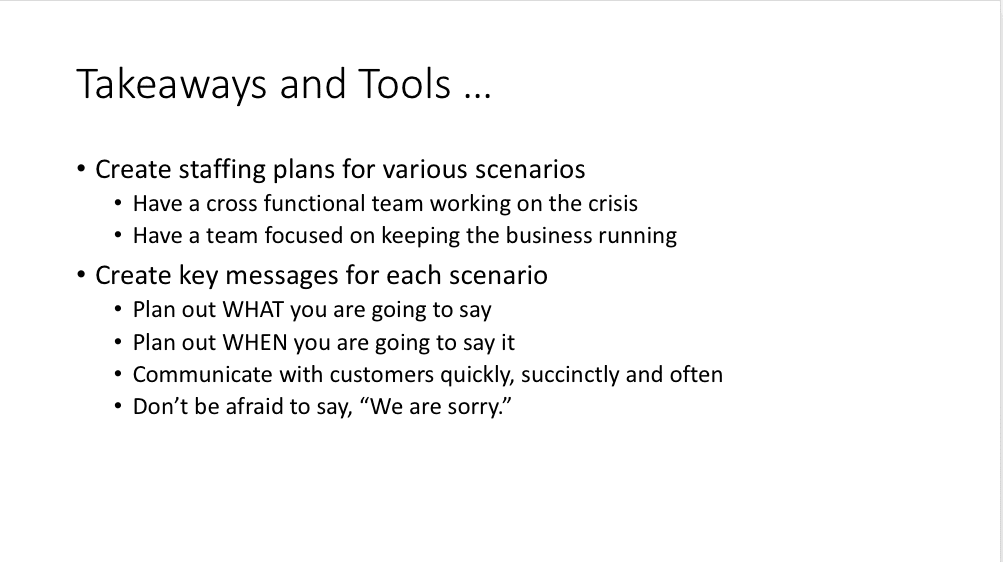
It was a nightmare scenario for Jennifer Giglio. Leading communications for the Washington Nationals Ball Club, she was accustomed to player tempers flaring and even some battling and fights behind the scenes. But nothing could have prepared her for the televised altercation between closer and team "bad boy" Jonathan Papelbon and "golden boy" right fielder Bryce Harper.
With the score tied and the Nationals at the bottom of the eighth, the cameras were rolling as Papelbon and Harper first exchanged words; Papelbon then grabbed Harper by the throat and shoved him up against the wall. Teammates immediately jumped in to separate the two.
The game was almost over and MLB rules require that the media be given post-game access to any players they wish to interview. The Nationals lost. Giglio had a matter of minutes to try to get everyone on the same page with a coherent and consistent message.
That didn't work. The media coverage was immediate and unkind. And while the organization waited for MLB and the MLBPA to debate  the proper punishment and reaction, emails were pouring in.
the proper punishment and reaction, emails were pouring in.
"Mothers wanted to know how to explain this to their kids," she said. Business partners were threatening to pull out of their relationships with the ball club, not wanting the tarnish of the altercation on their brands.
It was a mess.
The debate over punishment was taking time, and Giglio feared that the public outcry was not being heard by decision makers.
In spite of the time pressure, Giglio decided to bring her concerns to her bosses. She emailed them some of the media coverage to back up her assertion that Papelbon needed a suspension for the rest of the season. Ultimately, they agreed.
Now it was time to react. What Giglio didn't have time to do as the minutes ticked away after the fight, she was able to do in the fight's aftermath. The message from the ball club and MLB was measured, transparent, apologetic, solution-oriented with the suspension—and this message was made consistent in communications with both customers and others impacted by the violent display.
Crucial here, Giglio said, was the admission of wrongness, and the apology. "Don't be afraid to say, 'We are sorry,'" she said.
The second part of the double play: communicate as quickly as possible, succinctly, and often.
Also important, Giglio said, is to plan in advance for crises, so that a cross-functional team can manage it while a team focuses on keeping the business running.
Want to learn more about how to plan for, mitigate and measure crises? Don't miss PR News' Crisis Management Summit Feb. 27-28 in Miami Florida. Click here to register.

